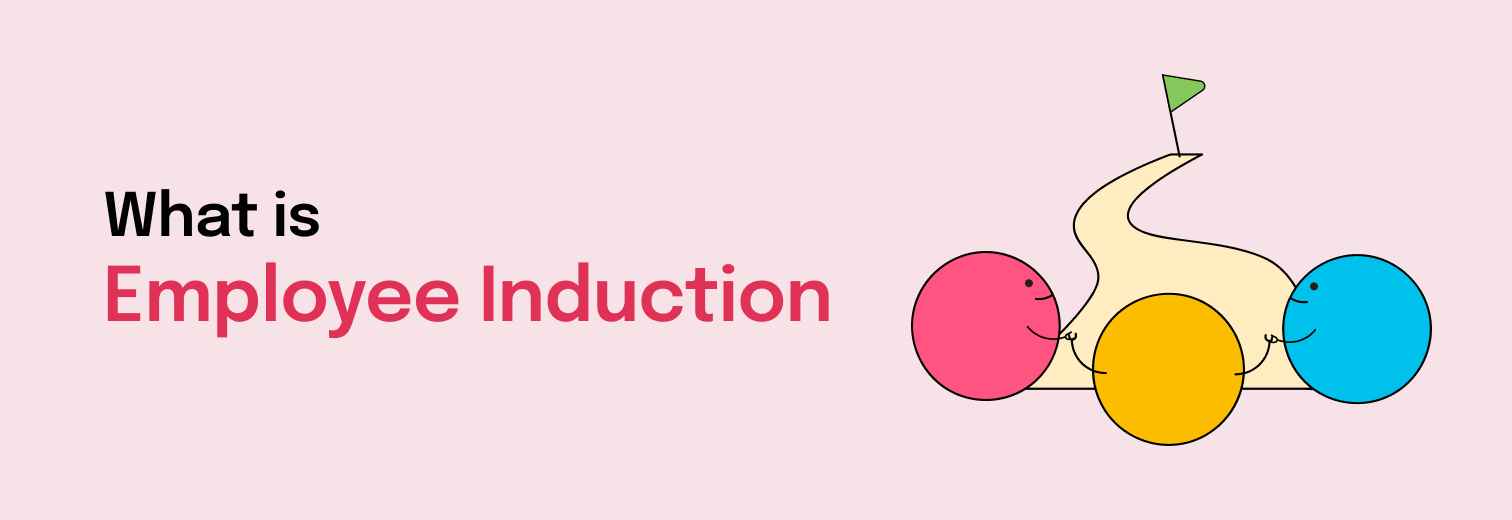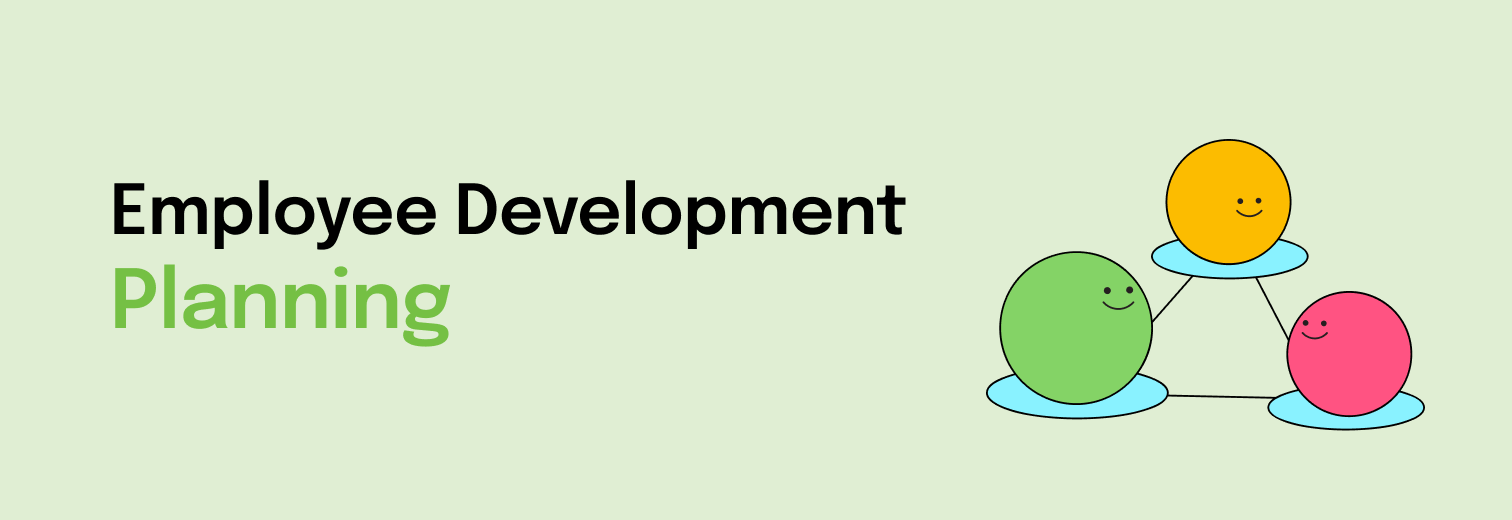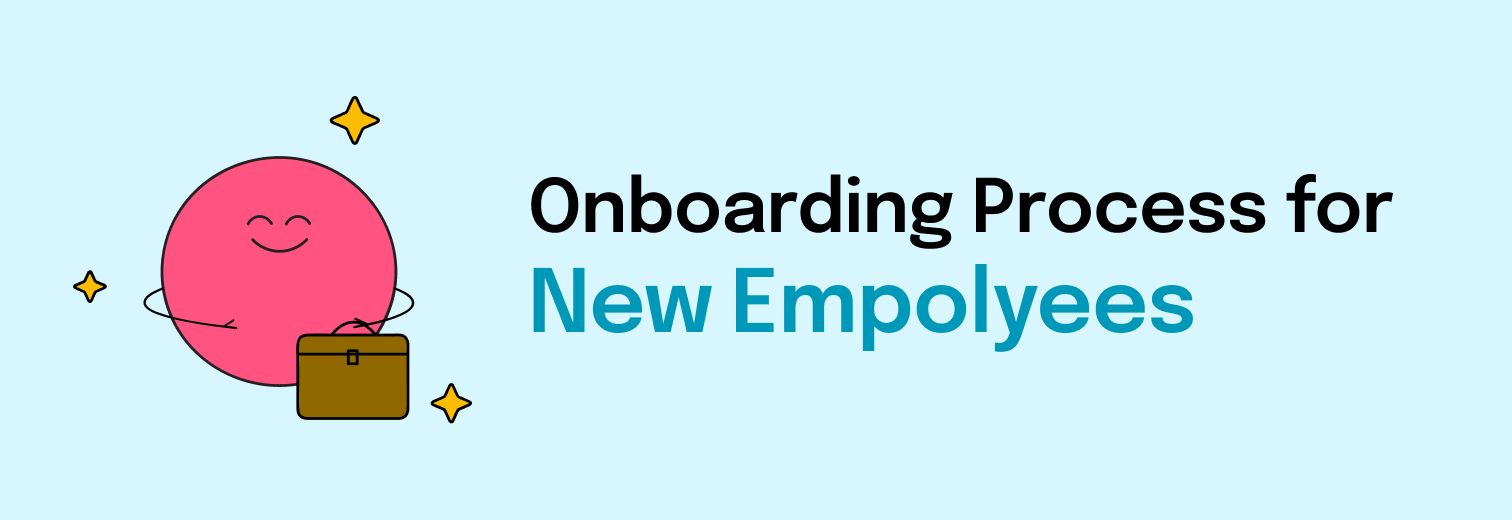How to Improve Employee Mental Health
Improving employee mental health is not just about offering occasional support—it’s about creating a holistic and sustainable environment where mental well-being thrives. Here are some actionable steps companies can take:
1. Create a Supportive Work Environment
Table of Contents
Open Communication: Foster a culture where employees feel comfortable discussing mental health concerns without fear of judgment or stigma. This is also known as creating a Psychologically-safe environment.
Mental Health Policies: Implement clear policies that support mental wellness, including access to Employee Assistance Programs (EAPs), mental health days, and flexible work arrangements.
2. Promote Work-Life Balance
Encourage employees to maintain a healthy work-life balance by promoting reasonable work hours and respecting personal time.
Companies can:
- Set Boundaries: Discourage working after hours and on weekends.
- Flexible Work Schedules: Offer flexible work hours or remote work options to reduce stress and allow for better work-life integration.
3. Provide Mental Health Resources
Invest in resources like:
- Counseling Services: Offer in-house or third-party mental health support, including therapy and counseling.
- Wellness Programs: Organize wellness initiatives such as yoga, meditation, fitness programs, and mindfulness workshops to help employees manage stress.
4. Train Managers on Mental Health Awareness
Managers play a critical role in supporting employee mental health. Provide training to managers on how to:
- Recognize signs of stress or burnout.
- Approach mental health conversations sensitively.
- Offer accommodations or solutions to support their teams.
5. Encourage Physical Health
Physical health has a direct impact on mental well-being. Encourage employees to:
- Take Breaks: Promote regular breaks and time away from desks to avoid burnout.
- Exercise: Provide gym memberships, organize physical activities, or even offer standing desks for those working long hours.
- Need a ready program? See this 21 day Day Challenge
6. Promote Teamwork and Connection
Fostering a sense of community can significantly boost mental health. Encourage:
- Team-building Activities: Organize social events or team-building workshops to create a sense of belonging and reduce isolation. See our team-building/employee engagement activities.
- Employee Recognition: Show appreciation for employees’ efforts with recognition programs that celebrate both small and large achievements.
7. Provide Clear Expectations
Ambiguity in roles and responsibilities can cause stress. Ensure:
- Clear Communication: Provide well-defined job roles and clear, consistent communication to reduce employee anxiety.
- Autonomy and Trust: Give employees ownership of their tasks and trust them to complete their work without micromanagement.
8. Check In Regularly
Frequent check-ins with employees can help identify mental health challenges early. Managers should:
- Hold Regular One-on-One Meetings: Discuss workload, stress levels, and personal challenges to offer support proactively.
Conclusion
Improving employee mental health requires ongoing effort from leadership, HR, and employees alike. By creating a supportive, flexible, and empathetic work environment, organizations can foster mental well-being, reduce stress, and enhance both productivity and job satisfaction.
{{ include_custom_fonts({“Epilogue”:[“Black”,”Black Italic”,”Bold”,”Bold Italic”,”Extra Bold”,”Extra Bold Italic”,”Extra Light”,”Extra Light Italic”,”Light”,”Light Italic”,”Medium”,”Medium Italic”,”Regular”,”Regular Italic”,”Semi Bold”,”Semi Bold Italic”,”Thin”,”Thin Italic”]}) }}









